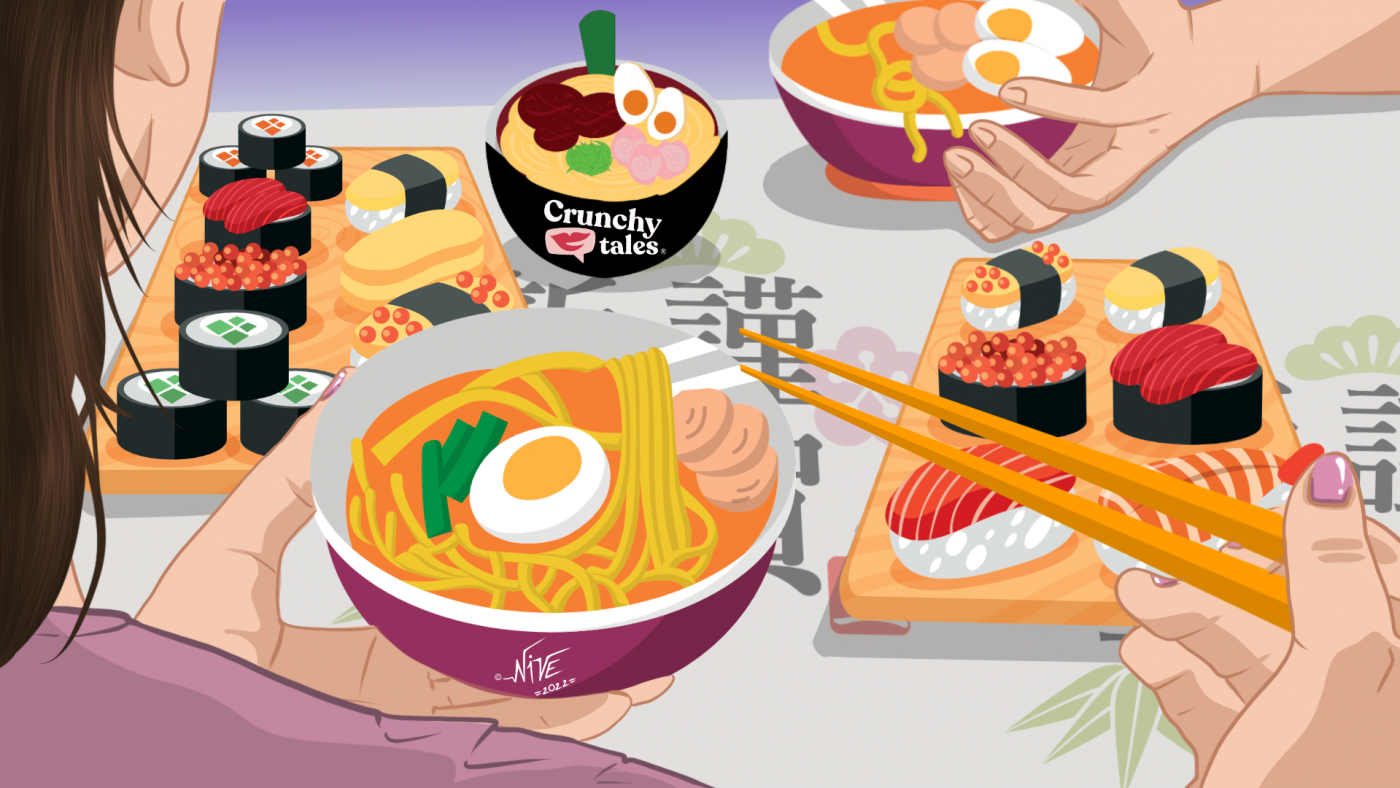Hara Hachi Bunme: Getting In Shape The Japanese Way
If you are a Gen X-woman struggling with weight, maybe it’s time to reconsider the way you eat by focusing on nourishment and health rather than a particular trendy régime or calorie intake. That’s what Hara Hachi Bunme, the Japanese way to intuitive eating is all about.
Teaching us to neither starve nor stuff ourselves, this Confucius mindful way of approaching food (part of the reason why Okinawa has a higher percentage of centenarians than anywhere else in the world) may help us live a longer healthier happier life by simply following the principle that we should have everything in moderation: a gentle reminder to stop eating when our stomachs are 80% full.
Unfortunately, for many of us, it’s not easy to control our impulses, especially when we are under pressure or stressed out.
According to the Mayo Clinic Calorie Calculator, an average-sized 40-year-old woman only needs 1500 to 1700 calories per day to maintain healthy body weight, unless she participates in physical exercise most days of the week, but many of us can easily consume over 2500 calories.
There’s a significant calorie gap between when an American says, ‘I’m full,’ and when an Okinawan says, ‘I’m no longer hungry‘- says Dr Brian Wansink, who spends much of his time researching food habits around the world, author of Mindless Eating. – We gain weight insidiously, either by stuffing ourselves or by eating a little bit too much each day — mindlessly.
So, how can we find a new balance in our everyday eating habits? Forget the ketogenic diet, intermittent fasting, paleo, and anything else that claims to be the key to optimizing our health. If you want to live to a healthy 100, eat like healthy people who’ve lived to 100 by putting Hara Hachi Bunme into practice.
Here’s how to get started.
-
Take it slow
Research shows it takes roughly 15 to 20 minutes for our brain to register that our stomach has reached capacity. Eating slowly, putting down utensils after each bite would allow our body to figure it out. Avoid gulping down, as it can cause indigestion and make you feel hungry despite eating. The aim here is to feel satisfied and not hungry anymore, rather than full. So, as you eat, practise mindfulness by listening to your body. Also, when you look at your plate, decide how much might make you feel full, and then estimate what 80% of that amount would look like. Perhaps it’s two-thirds of the food on your plate.
-
Use small vessels
Choosing to eat on smaller plates and use tall, narrow glasses, will allow you to eat significantly less without even thinking about it. When you consume meals on various small plates and bowls, rather than one big meal, you feel as if you are eating a lot. Also, if you frequently find yourself mindlessly having portions that are too big, start by just leaving one bite behind on your plate. Pay particular attention to your thoughts and your body’s response to this approach.
-
Focus on food
Turn off the TV, your mobile and keep all other forms of digital devices away from your table. One of the biggest reasons we overeat is as our minds are so distracted by the screen that we don’t even notice when we are full. If you want to really practice Hara Hachi Bunme, start by focusing your full attention on your meal. You’ll be less distracted, consume less and savour the food more.
-
Eat nutrient foods
Avoid getting over-hungry by focusing on fruits, vegetables, proteins, and whole grains. Nutrient-dense foods are rich in vitamins, minerals and other nutrients important for health and have the potential to make you feel fuller for longer. By making some simple swaps in your favourite recipes or reimagining your usual dishes, you can boost the nutrient density of your family’s meals and snacks. Prevent yourself from snacking aimlessly by putting candy bowls, cookie jars, and other temptations out of sight.





